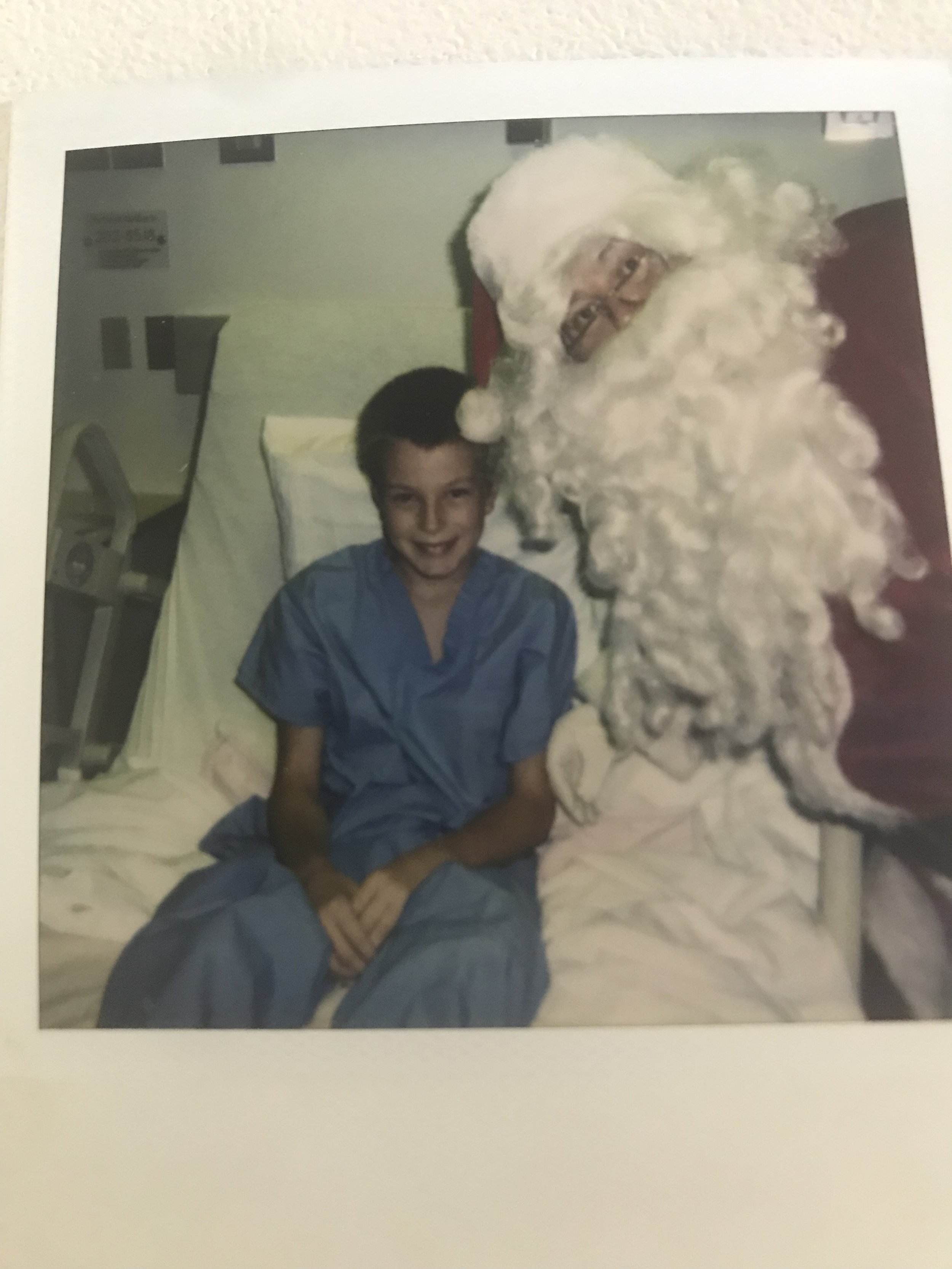Listen Instead of Reading
If you enjoy listening, you can subscribe to the audio version on Spotify, Apple Podcasts, and Audible so you don’t even have to look at the email 😊
4 Thoughts
1. Three Breaths that Changed David Goggins’ Life
In his new book, Never Finished, David Goggins says that the first freezing wave that hit him in Hell Week almost sent him home:
“I was a half-step from voluntarily pulling the plug on a dream that had the power to change the course of my entire life.”
Enter the power of the breath:
“In order to think clearly, I needed oxygen. I took a deep breath and then another. … I took another breath as the next big wave swelled … I was done showing weakness. I was finished with fear.”
He goes on to say:
“When I was teetering on the brink, I was able to physically calm myself down with a few deep breaths, and that helped me see through the adrenaline rush. My heart rate was still elevated, and panic continued to creep in, but I’d regained enough of my composure to make a conscious, One-Second Decision to stay in the fight.”
That’s a powerful reminder that, whatever challenging life event we’re going through, our breath is always there—not to make it go away, but to help us align with our highest self and make that one-second decision to stay in the fight.
2. 2021 Study: Slow Breathing Reduces Blood Pressure
Effects of diaphragmatic deep breathing exercises on prehypertensive or hypertensive adults: A literature review (2021)
The most practical take-home from this review was that practicing slow breathing for at least 10 min daily for 4 weeks led to noticeable improvements in blood pressure.
If you want even more useful findings, I just released a Science 411 for this paper on Friday in the Breath is Life Learning Center.
3. Why Breathing is a Powerful Approach to Healing
“In this way, breathing techniques provide a portal to the autonomic communication network through which we can…send specific messages to the brain using the language of the body.”
- Richard Brown, MD, and Patricia Gerbarb, MD, The Healing Power of the Breath
And remember: “Of all the automatic functions of the body, only one can be easily controlled voluntarily—breathing.”
This means we can voluntarily send messages of healing to the brain using the language of the body. Let’s make sure we do more of that 🙏
4. When Air Becomes Breath
Adding a spiritual significance to the air—realizing it contains life itself—can only add value to your breath practice.
1 Quote
“Thus spirit = breath = life, the aliveness and power of your life, and to speak of your spirit (or soul) is to speak of the power of life that is in you.””
1 Answer
Category: Wim Hof Breathing
Answer: Counterintuitively, Wim Hof breathing is thought to reduce inflammation through release of this hormone and neurotransmitter.
…
(Cue the Jeopardy! music.)
…
Question: What is adrenaline?
In good breath,
Nick Heath, T1D, PhD
“Breathing is the compound interest of health & wellness.”
P.S. This is exactly what happens when you go to heaven
HOmm HOmm HOmm 🎅
Try Out the Breath is Life Learning Center for Free
SquareSpace doesn’t allow me to have “free trials,” which many of you have asked for before signing up. So, I found a workaround by manually making a free mini member’s area.
You get 2 free Book 411s, 2 free Science 411s, and 10 free editions of The Breathing 1%. No catch. No additional sign-up. Plus, you can download the PDFs and audio of the 411s, so they’re yours forever.
Just click below to start living healthier & happier through the breath.
***
P.S. I picked the most popular Book and Science 411s, so you’re guaranteed to love them—especially The Healing Power of the Breath.
* An asterisk by a quote indicates that I listened to this book on Audible. Therefore, the quotation might not be correct, but is my best attempt at reproducing the punctuation based on the narrator’s pace, tone, and pauses.
Sign Up For The Breathing 411
Each Monday, I curate and synthesize information from scientific journals, books, articles, and podcasts to share 4 thoughts, 1 quote, and 1 answer (like "Jeopardy!") related to breathing. It’s a fun way to learn something new each week.



